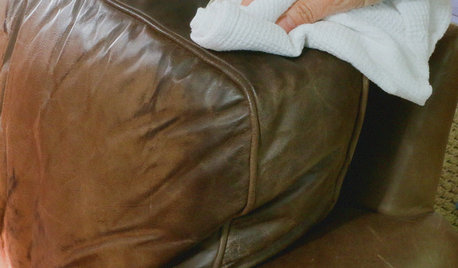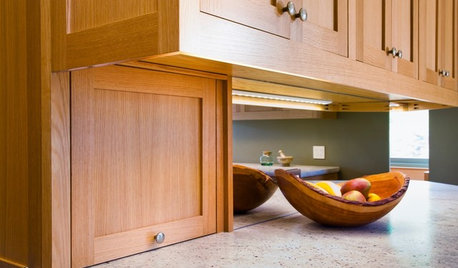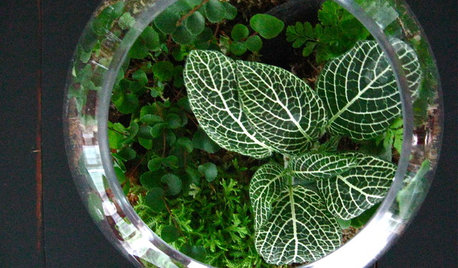wooden skewer for testing moisture
JerryVentura Jordan
12 years ago
Featured Answer
Sort by:Oldest
Comments (21)
tapla (mid-Michigan, USDA z5b-6a)
12 years agojojosplants
12 years agoRelated Professionals
Graham Landscape Architects & Landscape Designers · Grand Haven Landscape Architects & Landscape Designers · Rossville Landscape Architects & Landscape Designers · Concord Landscape Contractors · Coeur d'Alene Landscape Contractors · Edwardsville Landscape Contractors · El Sobrante Landscape Contractors · Gloucester Landscape Contractors · Haverhill Landscape Contractors · Lyndhurst Landscape Contractors · Selma Landscape Contractors · Gibsonton Window Contractors · Bloomington Fence Contractors · Naperville Fence Contractors · Waunakee Fence Contractorsmeyermike_1micha
12 years agoJerryVentura Jordan
12 years agojodik_gw
12 years agomonet_g
12 years agoTheMasterGardener1
12 years agojojosplants
12 years agojojosplants
12 years agoJoe1980
12 years agomeyermike_1micha
12 years agoTheMasterGardener1
12 years agogreenman28 NorCal 7b/8a
12 years agojodik_gw
12 years agojojosplants
12 years agocebury
12 years agoTheMasterGardener1
12 years agohairmetal4ever
10 years agooxboy555
10 years agoseysonn
10 years ago
Related Stories

CONTAINER GARDENSContainer Garden Basics: How and When to Water Potted Plants
Confused about soil moisture, the best time to water and what watering device to use? This guide can help
Full Story
MATERIALSWhat to Ask Before Choosing a Hardwood Floor
We give you the details on cost, installation, wood varieties and more to help you pick the right hardwood flooring
Full Story
KITCHEN DESIGNHow to Choose the Right Hood Fan for Your Kitchen
Keep your kitchen clean and your home's air fresh by understanding all the options for ventilating via a hood fan
Full Story
Common Household Cleansers for Leather Upholstery
Clean and condition your leather sofa, chairs, handbags and more with ingredients already in your cabinets
Full Story
FURNITURESmart Shopper: How to Judge Antique Furniture Quality
Pick the treasures from the trash without expert experience by learning how to evaluate antiques and what questions to ask
Full Story
ENTERTAININGA Place for Everything: Beautiful Ways to Style Your Table
Polish your silver and pull out your china as we look at how tables were laid out traditionally and how they shine now
Full Story
FURNITUREYour Essential Sofa Buying Guide
Here’s what to consider when looking for a quality sofa that will last
Full Story
KITCHEN DESIGNKitchen Accessory: The Breadbox
The breadbox — freestanding or built-in — still has a place in the modern kitchen
Full Story
GARDENING GUIDESGardening Solutions for Dry, Sandy Soils
Has your desert or beachy site withered your gardening creativity? Try these ideas for a beautiful, easy-care landscape
Full Story
HOUSEPLANTSGardens Under Glass: How to Make Your Own Terrarium
Be the master of a mini ecosystem indoors — the low-maintenance, highly rewarding kind that fits any room
Full StoryMore Discussions






JerryVentura JordanOriginal Author